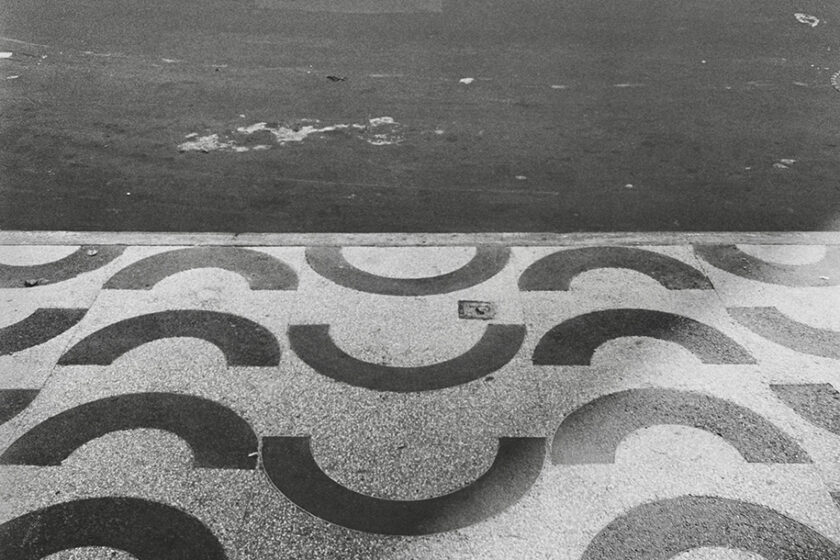“Nobody likes to see a crack in the floor,” said Dan Stanton, president of NTMA member company Colorado Design Tile & Terrazzo in Denver.
While cracks are largely preventable through honoring the joint in the concrete with a divider strip, they can’t always be avoided, he explained. “We don’t see it too often but when we do it feels like the end of the world.”
Once in an operating room they installed, a tiny crack appeared in the floor, which nobody noticed until they went to clean the floor and saw blood in the crack. To maintain a sterile environment, the room had to be closed down and the crack fixed.
“It’s hard on the owner and the installer,” noted Mr. Stanton, a 30-year veteran in the terrazzo industry. “Both get worked up.”
At the same time, when a crack does happen, it’s not that hard to fix,” Mr. Stanton added. An experienced NTMA contractor can walk you through the best way to deal with that sometimes-unavoidable crack. “We fix it and owners are usually happy.”
Investigate
The first step when a floor cracks is to figure out why it developed in the first place, advised Gary French, NTMA Technical Director and a 40-year veteran of the flooring industry. He has been on staff with NTMA since 2013. “If you patch a crack without knowing what caused it, it will probably come back,” Mr. French explained.
The mystery
Sometimes the cause of a crack evades even the most experienced professional, however. It’s not always clear why it happened. It could be that someone drove a lift over it or another incident that may never come to light.
Is it always somebody’s fault? “I don’t think so,” Mr. Stanton replied. A floor can crack even though your contractor did everything right. “Like concrete: you can’t predict where it will crack,” he added. “If we knew where it’d crack we’d be millionaires.”
Questions to ask:
- Are varying temperatures causing thermal movement?
- Is there evidence of concrete settling or shrinkage?
- Is the floor heaving?
- Is the terrazzo pulling the concrete?
- Does the crack line up with columns?
Which repair method?
One way to figure out the cause is to chop out a small section and see if the concrete underneath is cracked. Mr. Stanton notes that you can clean out the crack and if it’s not moving, you can grout it with epoxy and it will be barely visible. If it reopens, there is movement.
Once some headway is made as to causes, then comes the decision of whether to put a crack membrane down and fill the crack and or cut a new joint to relieve the stress on the floor. Wherever there’s a joint, a divider strip is needed.
How far to go?
Once you figure out the method, the question is whether to take out only the affected areas or the entire panel. If it’s a bad crack, you will want to open it up at least a foot on each side and replace the section with added divider strips.
The objective is always to build back in as much aesthetics as possible. Discuss the options with your NTMA contractor, with the help of NTMA’s technical director if needed.
Old floors vs new
If it’s a crack that occurred within months of the installation, the aggregates, and the colors will be readily available, but if it’s a 50-year-old floor, you won’t be able to find the aggregates, Mr. French cautions. It is extremely difficult to match a floor that’s been in a while because natural aggregates change; the vein in the source changes over time if it’s available at all.
No near match
If you can’t perfectly match the aggregates, one solution is to take out the section strip to strip and replace the whole panel with a complementary color, Mr. French advised. Rather than trying to match an old color and butting the new up against the old, consider separating the colors. “The eye can’t transfer across the divide and it will look like a good match,” Mr. French explained.
As the authoritative resource on terrazzo, NTMA offers personalized technical guidance on the installation of terrazzo and related issues to all parties on a project. Call Gary French at 800-323-9736, ext or email him at gary@ntma.com






